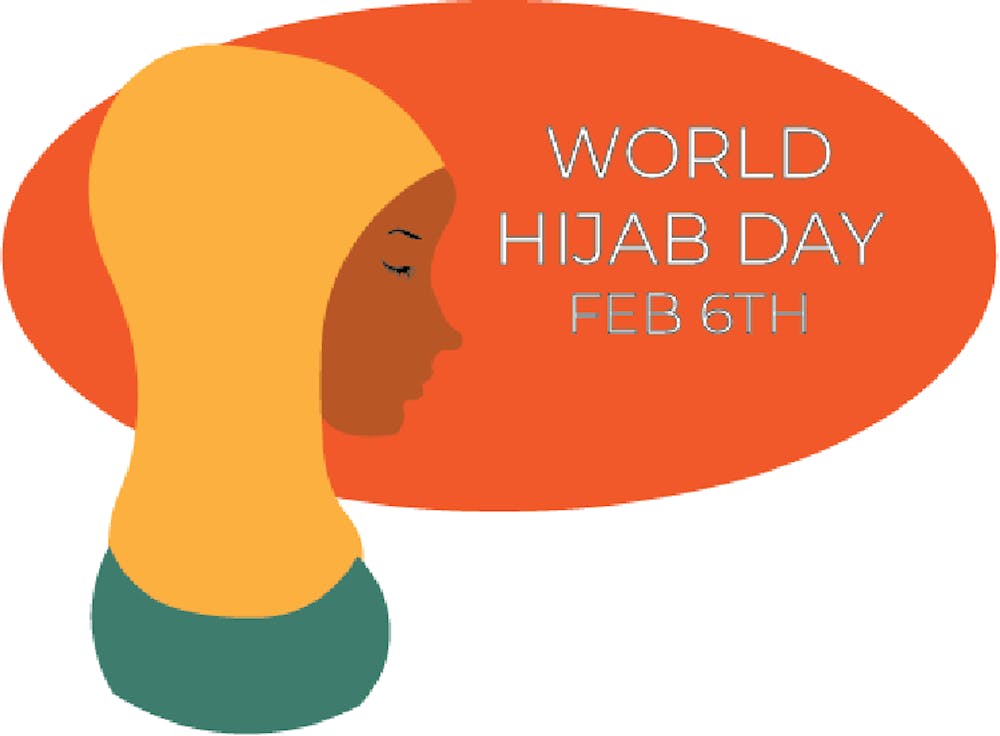The Women’s Center, International Student Union and International Student and Faculty Affairs will be sponsoring an educational event on the first floor of Baker University Center Thursday to celebrate World Hijab Day for the fourth year at Ohio University.
World Hijab Day was founded in 2013 by Nazma Khan to encourage women of all backgrounds and religions to experience wearing hijabs for one day.
Khan remembers how difficult it was to be a hijabi woman, specifically after the 9/11 attacks because of racial profiling and Islamophobic discrimination. She created World Hijab Day to make the identity of Muslim women more visible and to allow women of other backgrounds to experience and learn about the hijab.
Hijabs can be worn for many reasons, including religious or cultural purposes, or because they are required by law to be worn in certain locations, such as Iran.
“When we’re thinking about the hijab, there are people who have to wear it and there are people who choose to wear it,” Geneva Murray, director of the Women’s Center, said. “They may experience prejudices for wearing it depending on their location.”
Murray said that one time she wore a hijab while at a specific event with a friend’s family because the mother of her friend asked her to, and the act of her wearing it was a sign of respect.
“Some women modify the way they wear the hijab when they are not in their home country,” Habiba Abdelaal, master of public administration candidate, said. “They lessen the way they wear it in order to feel safe.”
The two types of reasons for wearing a hijab are democratic and tyrannical. Democratic hijabs are worn by a woman who sets the terms of her hijab and chooses to wear it. Tyrannical hijabs are worn by a woman who is required to wear it due to social norms, religious purposes or country laws.
“As a Muslim, you have different religious practices: praying, paying money to those in need (zakat) and more,” Abdelaal said. “One practice is wearing the hijab.”
If a woman does not wear a hijab in a location where it is required, she may experience violence. For example, women have been required to wear a hijab in Iran since the Islamic Revolution in 1979. In 2014, Masih Alinejad began the social movement #MyStealthyFreedom by posting a photo of herself without a hijab in Iran. She had to leave Iran for her own safety, as she had received death threats.
“In Egypt — where I’m from — it’s more of a social norm than a religious practice,” Abdelaal said.
At the World Hijab Day event in Baker Center, the Women’s Center, ISU and ISFS will be at tables to assist women learning how to wear a hijab and experience it for the day.
Abdelaal said ISU has been supportive of the event from the start and has had representation at meetings to help brainstorm ideas to improve the event from previous years.
At the same time as the tabling, there will also be an event sponsored by the Women’s Center, called Women of Color Who Paved the Way: International Changemakers, which will have biographies of different international women open for anyone to stop by and read.






